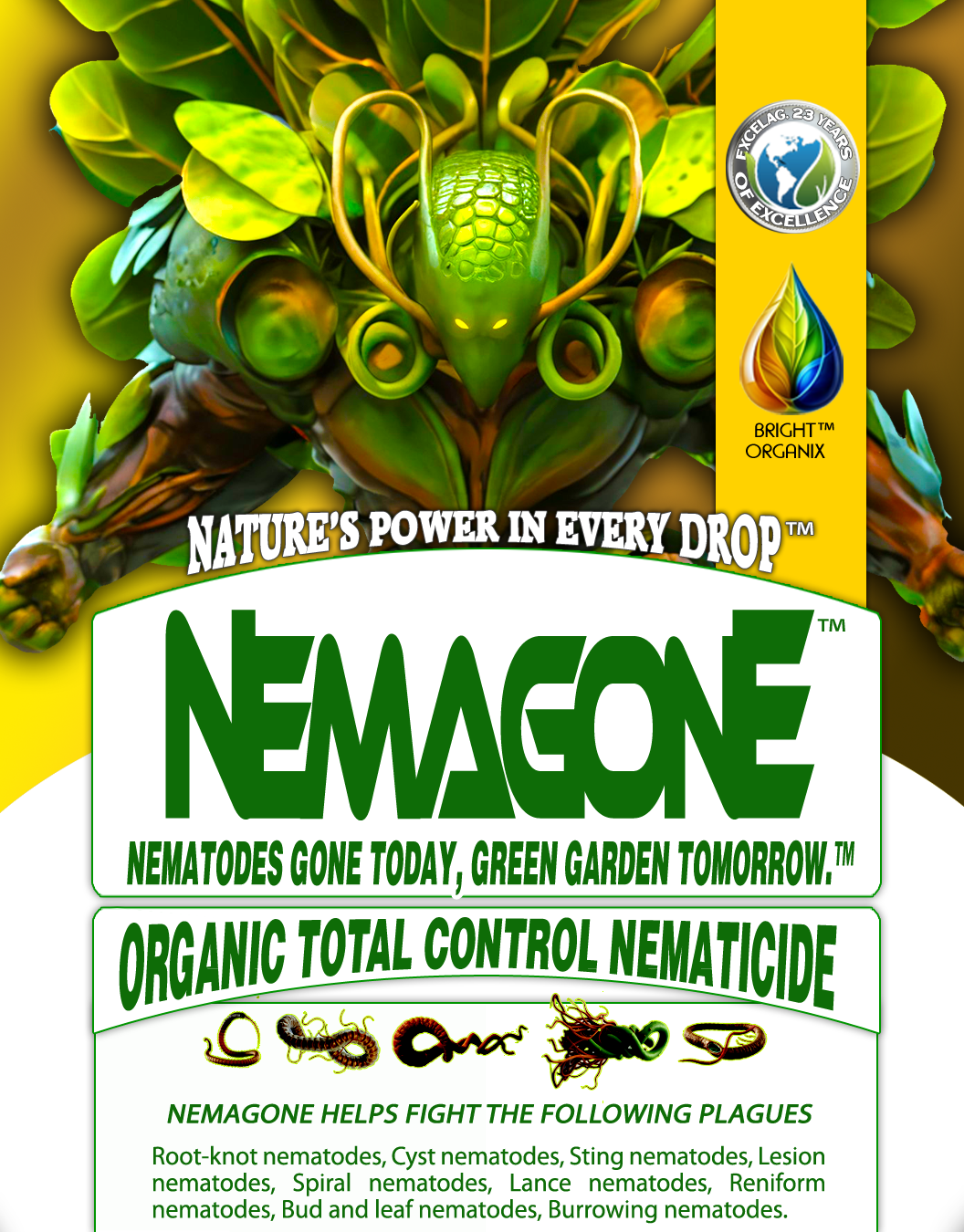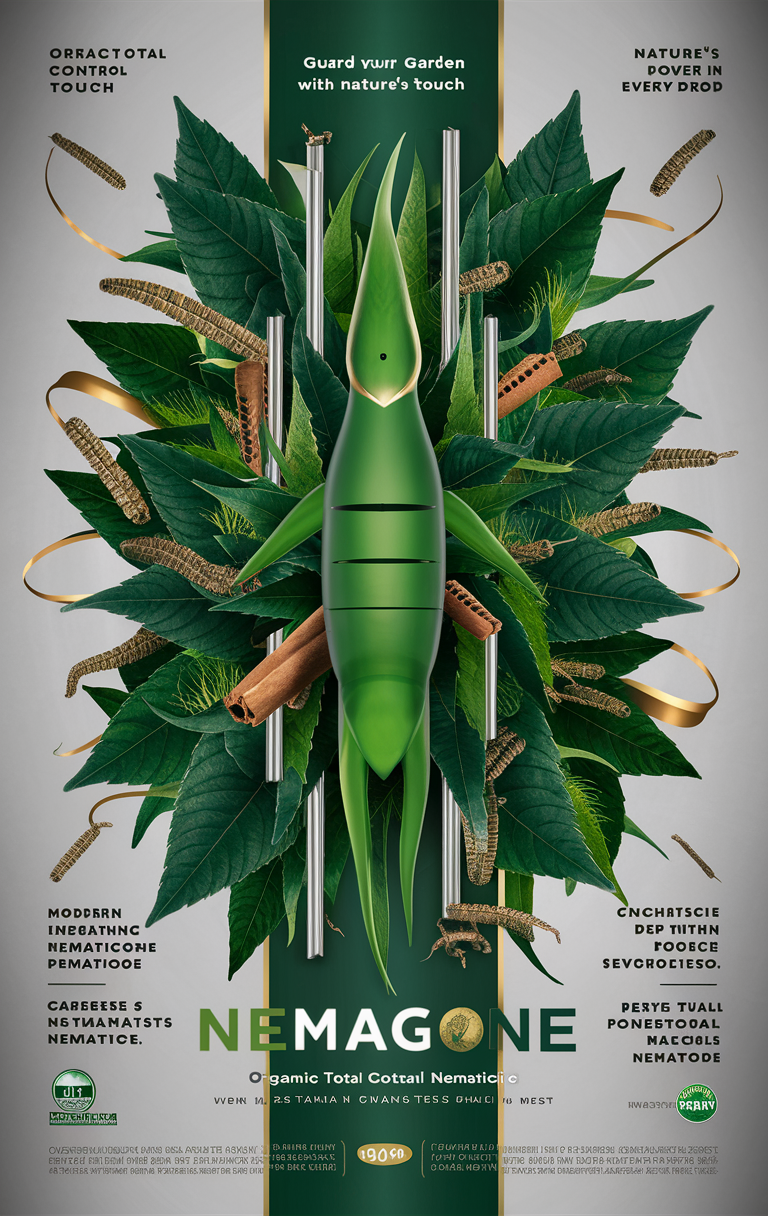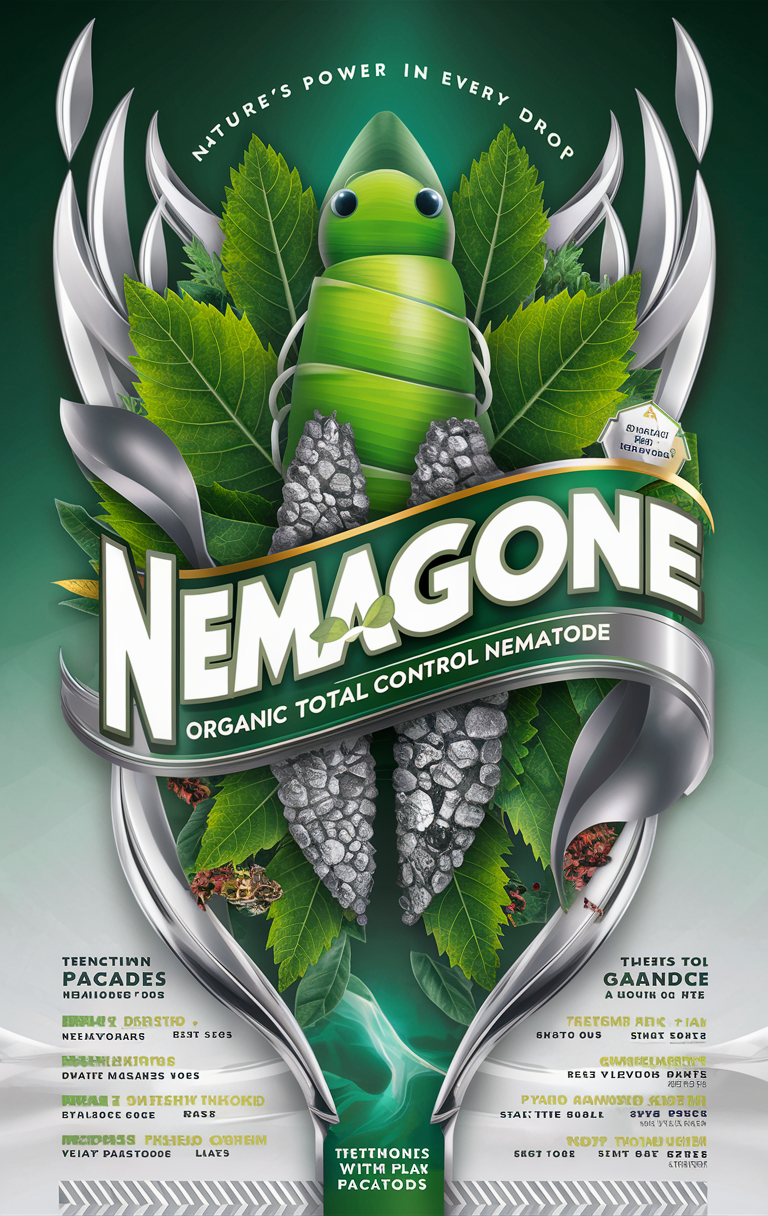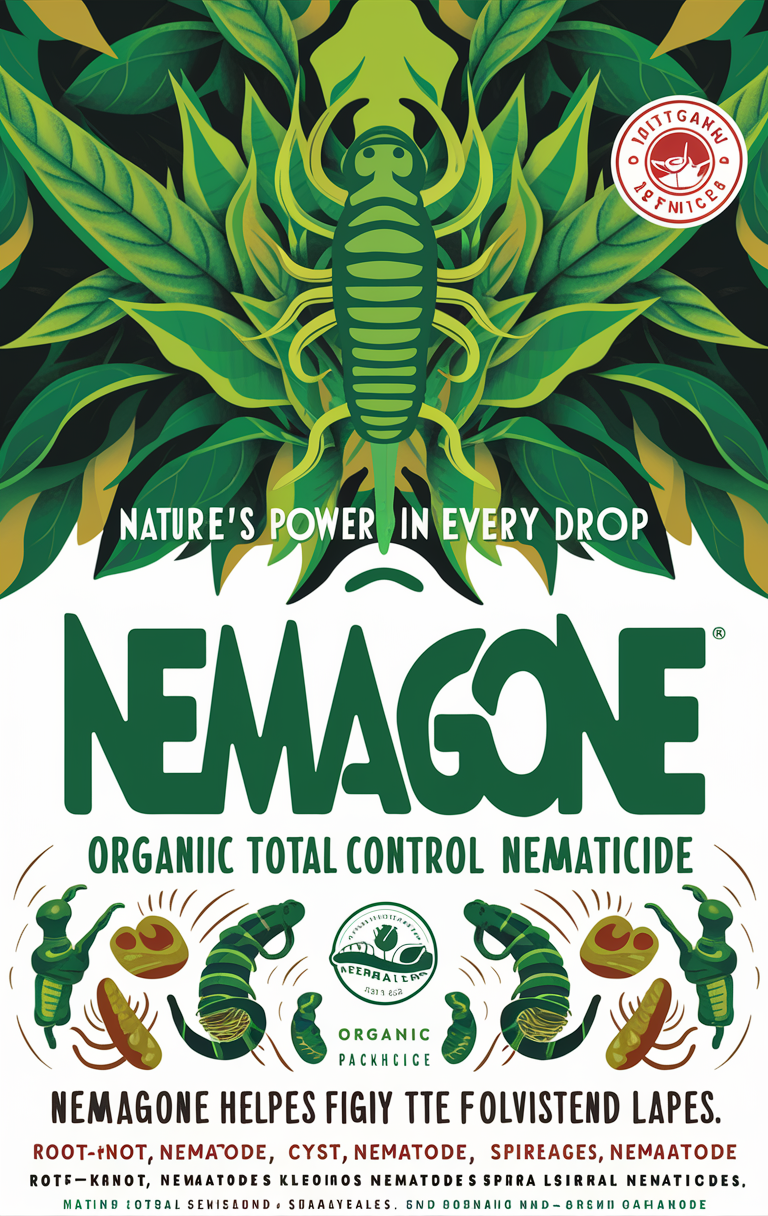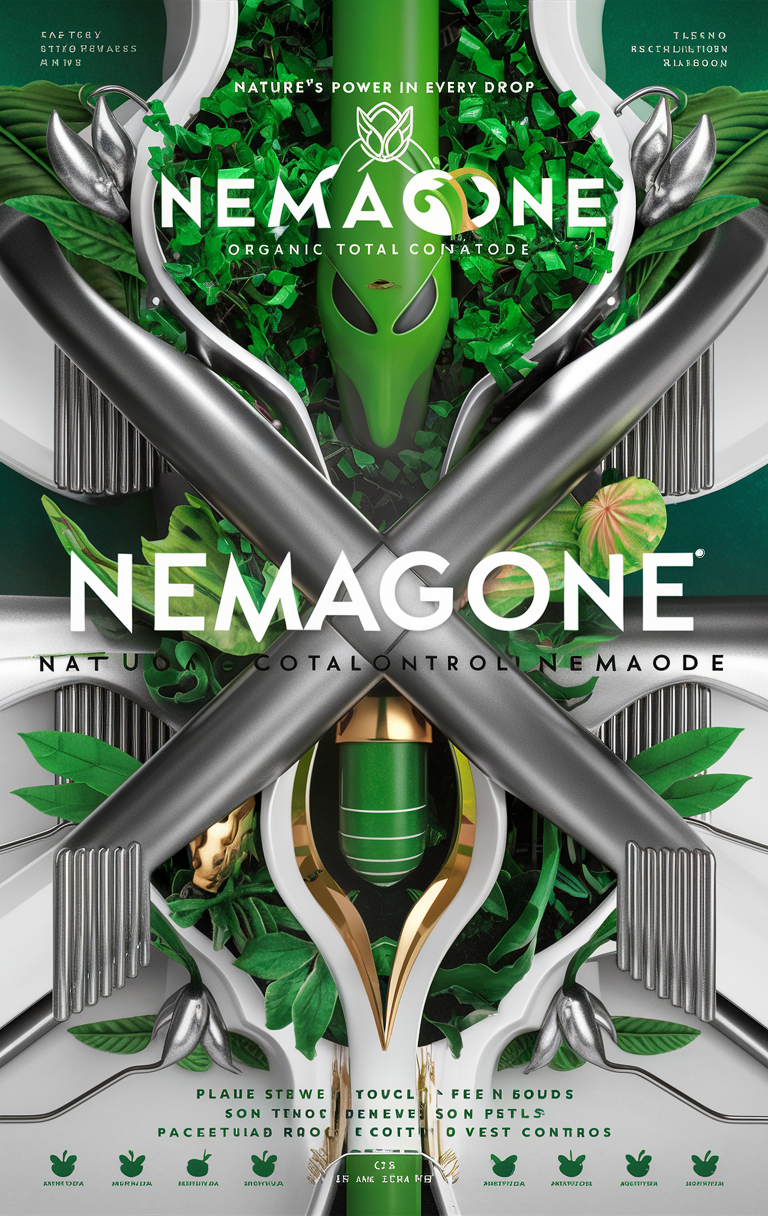Reniform Nematodes
Category: Pest
Description: Plant-parasitic nematodes that infest the roots of plants, reducing the plant’s ability to absorb water and nutrients, thereby decreasing crop yields.
**Reniform nematodes** (Rotylenchulus reniformis) are classified as pests. Here is detailed information about them:
– **Category**: Pest
– **Description**: Reniform nematodes are plant-parasitic nematodes that infect a wide range of crops, including cotton, soybeans, vegetables, and fruit trees. They are named for their kidney-shaped (reniform) body when they are mature females. These nematodes are semi-endoparasitic, meaning part of their body remains inside the root while the other part extends into the soil. The lifecycle of reniform nematodes includes egg, juvenile, and adult stages, with the females laying eggs in a gelatinous matrix outside the root.
– **Impact**: Reniform nematodes cause significant damage to plants by feeding on their roots, leading to various detrimental effects:
– **Root Damage**: The feeding of reniform nematodes damages the root system, causing lesions and reducing the plant’s ability to absorb water and nutrients.
– **Stunted Growth**: Infected plants often exhibit stunted growth, yellowing leaves, and reduced vigor due to impaired nutrient and water uptake.
– **Yield Loss**: Infestations can lead to substantial yield reductions in crops such as cotton and soybeans.
– **Increased Susceptibility**: Damaged roots are more susceptible to secondary infections by other soil-borne pathogens, further exacerbating plant health issues.
– **Economic Impact**: The overall economic losses due to reduced crop yields and increased management costs can be substantial.
– **Control Methods**: Managing reniform nematodes involves an integrated approach, including cultural, biological, and chemical control methods:
– **Cultural Practices**:
– **Crop Rotation**: Rotate susceptible crops with non-host crops to reduce nematode populations in the soil.
– **Resistant Varieties**: Planting resistant or tolerant varieties can help reduce the impact of reniform nematode infestations.
– **Sanitation**: Remove and destroy infected plant debris and clean equipment to prevent the spread of nematodes.
– **Cover Crops**: Use cover crops that are not hosts to reniform nematodes to suppress their populations.
– **Biological Control**:
– **Beneficial Organisms**: Introduce
-
NemaGone Organic Total Control Nematicide is a comprehensive solution for nematode management. It offers a safe, effective, and environmentally friendly approach. By using this product, you protect your crops and support sustainable farming. Its natural ingredients ensure that your produce remains healthy and safe. Additionally, it is easy to apply and compatible with most agricultural practices. Therefore, it is an ideal choice for both small and large-scale farmers. Choose NemaGone for reliable and holistic nematode control. Experience the benefits of organic pest management today.
Application and Usage: To use NemaGone Organic Total Control Nematicide, apply it directly to the affected areas. It is important to follow the recommended dosage for optimal results. Additionally, ensure that the soil is adequately moist for better absorption. Consequently, the nematicide penetrates the nematode cells effectively. Moreover, regular applications every 4-7 days are advisable. This frequency helps maintain control over nematode populations. Furthermore, pH-corrected spray water enhances the product’s efficacy. Always shake the product well before use to ensure even distribution. Finally, do not store diluted solutions to maintain potency
Size : 1 Gal RTU - 32oz RTU - 16oz CTU

